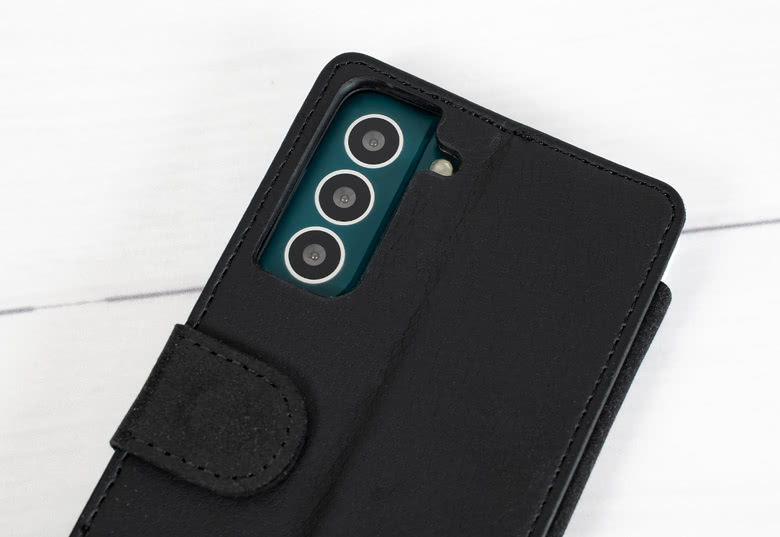
1. Construction and Materials
Material: Typically made from polycarbonate (PC) or acrylonitrile butadiene styrene (ABS) plastic.
Durability: Provides good protection against scratches, bumps, and minor drops.
Lightweight: Adds minimal bulk to the phone while offering decent protection.
Variety: Available in a wide range of colors and finishes, including matte, glossy, and translucent options.
2. Manufacturing Process
Injection Molding: Most common method for mass production of hard plastic cases.
Design: Utilize CAD software to create precise digital designs before molding.
Customization: Easy to customize with printed designs, patterns, or logos using techniques like UV printing or water transfer printing.
3. Design and Functionality
Slim Profile: Maintains the sleek design of the phone without adding significant weight.
Button and Port Accessibility: Precision-cut openings for buttons, ports, and camera lenses ensure full functionality without removing the case.
Grip: Some designs include textured or matte finishes for improved grip.
4. Care and Maintenance
Cleaning: Wipe with a soft cloth dampened with water or mild soap to remove dirt and fingerprints.
Avoid Heat: Protect from prolonged exposure to direct sunlight or heat to prevent warping.
5. Advantages and Disadvantages
Advantages:
Effective protection against scratches and minor drops.
Lightweight and slim design preserves the phone's aesthetic.
Wide range of colors and designs to suit different tastes.
Disadvantages:
Limited impact resistance compared to silicone or rugged cases.
May not provide sufficient protection for heavy impacts or falls.
Potential for scratches and scuffs on the case itself over time.
6. Market Trends and Customer Preferences
Popularity: Widely popular among users looking for basic protection without bulk.
Design Trends: Matte finishes, clear/translucent designs to showcase phone colors, and minimalistic designs are trending.
Environmental Considerations: Growing demand for eco-friendly materials and recyclable packaging.
7. Customer Care and Feedback
Feedback Loop: Gather customer feedback to improve designs and address issues like fit, durability, or design preferences.
Quality Assurance: Conduct regular testing to ensure cases meet durability standards and customer expectations.
8. Branding and Customization
Brand Identity: Use cases as a canvas for brand logos or messaging to enhance brand visibility.
Customization Options: Offer personalized options such as custom prints or engravings for individual or corporate clients.
Conclusion
Hard plastic phone cases offer a balance of protection, style, and customization options. They cater to users who prioritize maintaining the sleek design of their phones while adding a layer of basic protection against everyday wear and tear. By staying updated with market trends and customer preferences, manufacturers can continue to innovate and meet the diverse needs of smartphone users worldwide.



